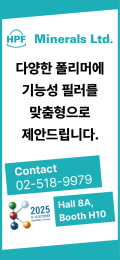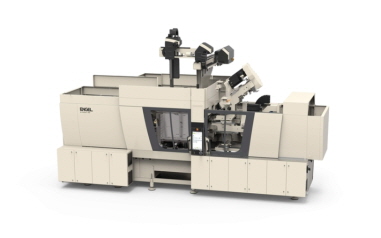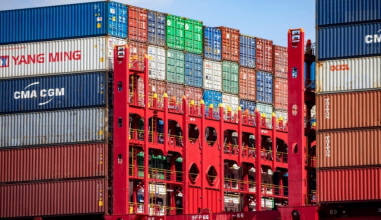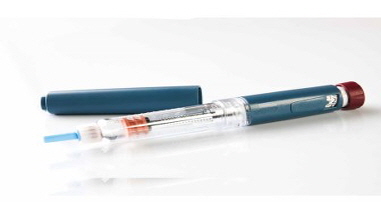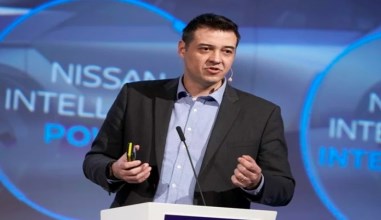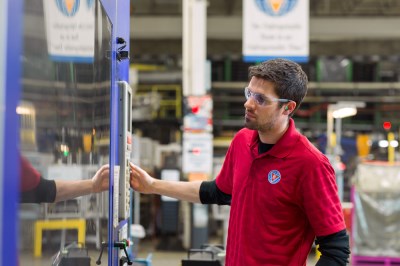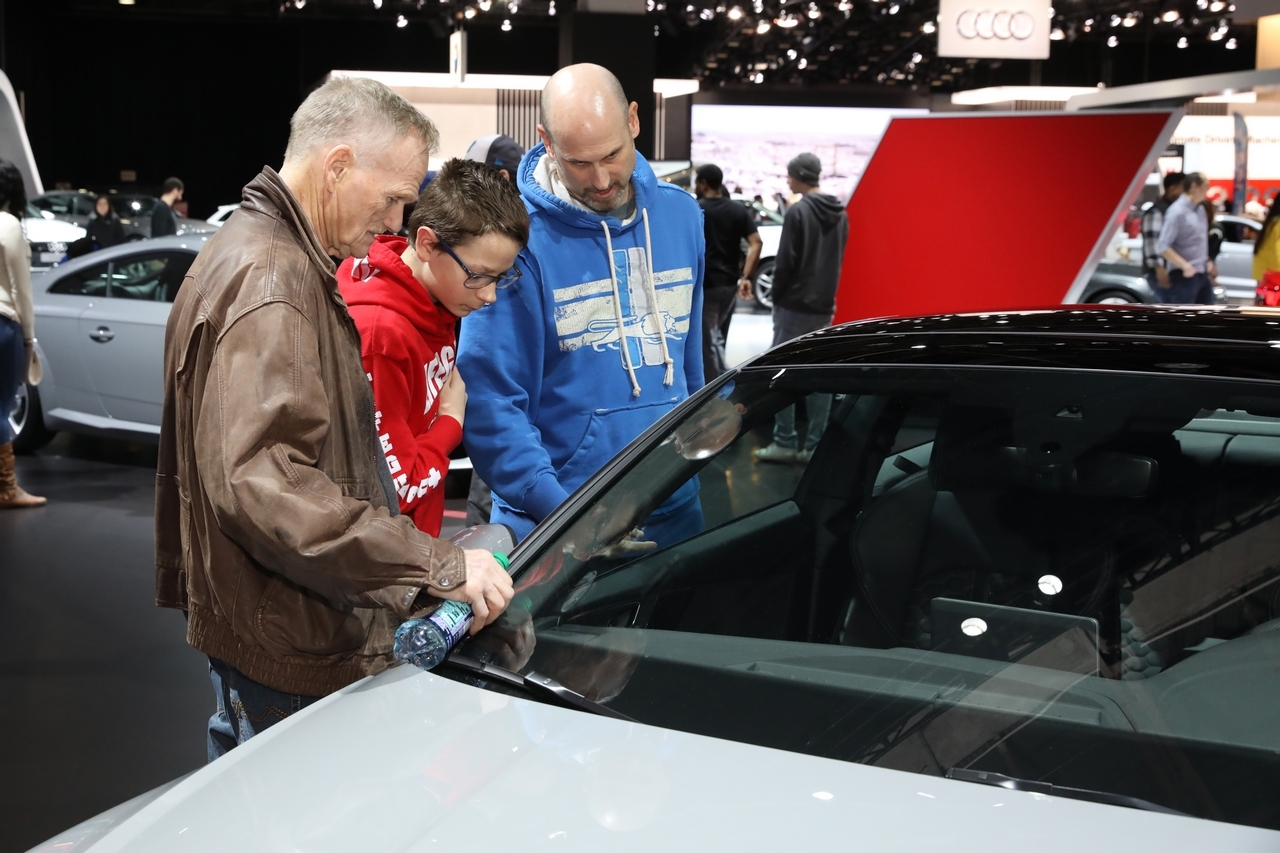▲ The backbone of the clean-up system deployed Oct. 16 in the Great Pacific Garbage Patch is high density polyethyene pipe, which can withstand the rugged conditions of waves, sun, storms and salt.The nonprofit group Ocean Cleanup launched its unmanned plastic debris collection system in the Great Pacific Garbage Patch on Oct. 16 following a trial in the Pacific Ocean.The group said the 2,000-foot-long high density polyethylene boom retained its floating U-shape as designed when it was deployed in the open ocean. A polyester woven skirt attached to the boom's underside gathers plastic from little shards of broken toys to huge fishing nets at the surface to a depth of 10 feet."We are ready to start the cleanup," the Rotterdam, Netherlands-based group said in a social media post.System 001, as it's called, is considered the world's first large-scale ocean cleanup system. It is expected to gobble up 150,000 pounds of plastic for eventual recycling in its first year in the North Pacific gyre between California and Hawaii. If successful, backers plan to create a fleet of 60 floating screens, with a goal of cleaning half the patch in five years could be reached.Ocean Cleanup plans to haul the captured marine litter ashore for recycling with a waste-carrying ship every few weeks.System 001 worked as planned in its Pacific trial period from Sept. 15 to Oct. 2. The group says it kept the U-shape, moved at sufficient speed through the water, reoriented when wind and wave direction changed, held an effective span in its steady state, and received no significant damage.The backbone of the boom is made with Agru XXL pipe, which was produced in Austria by Agru Kunststofftechnik GmbH to withstand the external stresses of waves, UV radiation, storms and salt water. The floater pipe was developed by both Agru and Ocean Cleanup and then Agru custom made it with high grade PE 100-RC resin.Ocean Cleanup would like to be at a full-scale deployment in the Pacific Ocean by 2020 and is seeking corporate sponsors. The group hopes to use money earned from recycling and selling collected plastic to finance future projects in the Pacific as well as the Indian and Atlantic oceans."I think many people see innovation as a way to get rich. Not so much as a way to make the world a better place or enrich humanity," Boyan Slat, Ocean Cleanup founder, says in a documentary posted Oct. 14. on YouTube "I think inventors and entrepreneurs have a moral obligation to be mindful of the negative effects of their creations. And they should really attempt to create morally positive technologies."Slat also hints about some day turning his attention to tackling plastic problems at their sources."I hope to do more than just clean up stuff. There are many more problems," he said.
Aeyoung Park
2018-10-29


